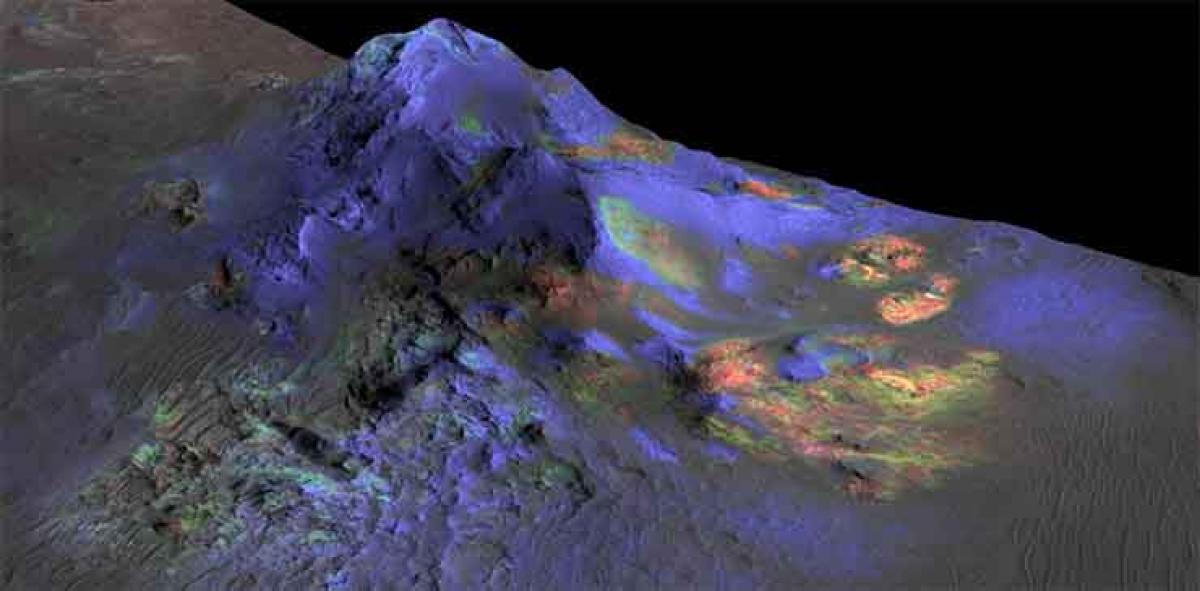Live
- 4KSave | Download Facebook Videos and Photos Online for Free
- Inauguration of Telangana Vision Center in Nagarkurnool
- Awareness Campaign by Agricultural College Students on Galikunta Disease for Farmers
- MLA Rajesh Reddy Inaugurates Mudiraj Association Building
- Seminar on Self-Employment and Government Schemes
- Procurement Centers Established to Support Farmers: MLA Dr. Rajesh Reddy
- Filmmakers, Actors, Comedians, Writers, Musicians, and Creators: IFP Season 14 Emerges as the Ultimate Hub of Creativity X Culture
- CM Revanth Reddy Expresses Shock Over Road Accident in Medak District
- Embracing the Power of Astras and Ancient Wisdom with Vivaan Karulkar
- DIY Skincare Masks for a Glowing Karwa Chauth










